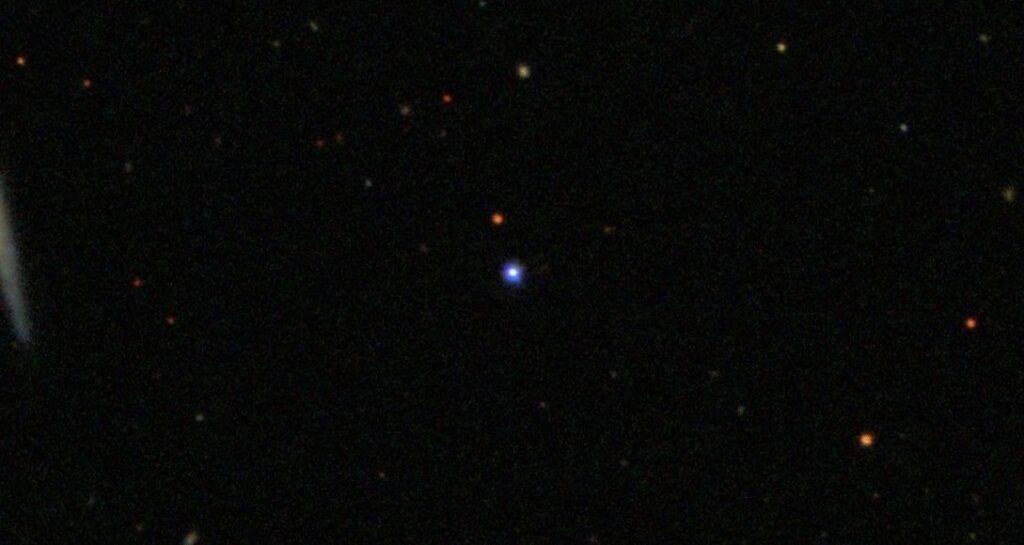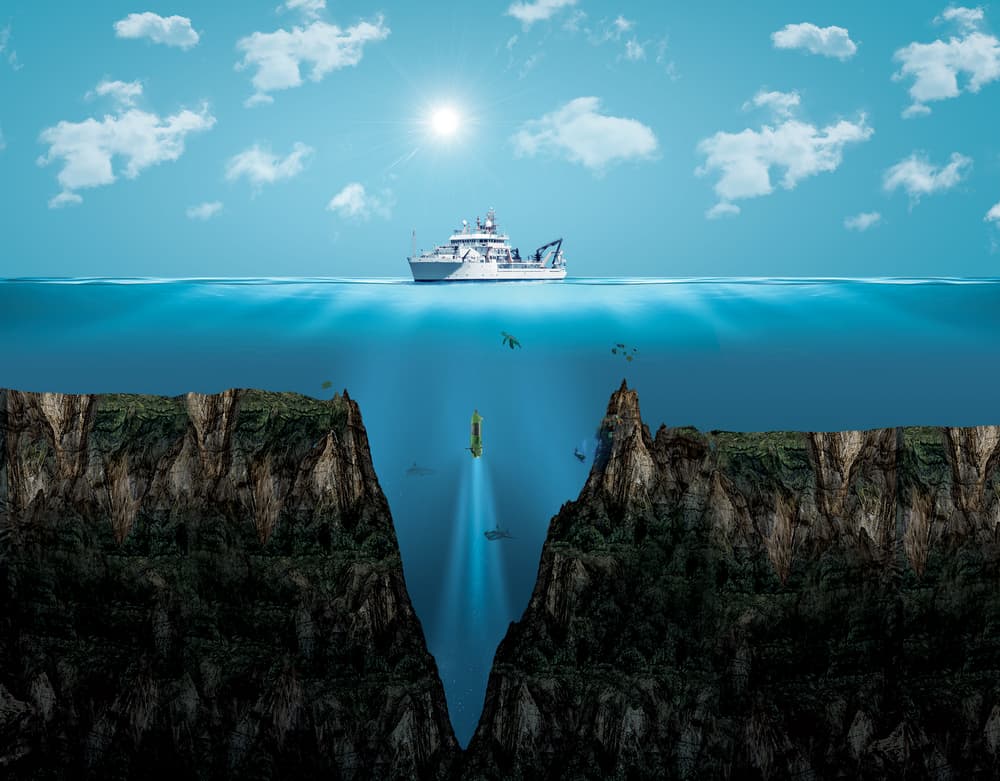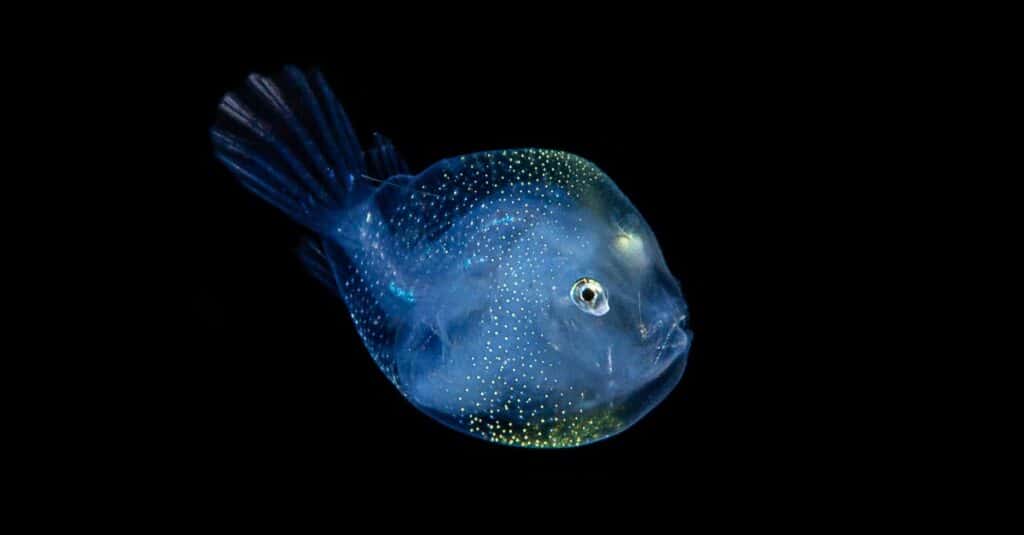Holes occur through natural and artificial causes. The Earth’s mantle, also known as the deep core of the Earth, has been the target of scientists all over the world for more than 60 years. As a result of the different digging attempts at reaching the mantle, some of the world’s deepest holes were created. So, what is the deepest hole in the world and where is it? Keep reading to find out.
What Is the Deepest Hole in the World?

The Kola Superdeep Borehole is the deepest hole in the world.
©kola-kola/Shutterstock.com
The deepest hole in the world is called The Kola Superdeep Borehole. Led by Russia, its drilling began in 1970 for research purposes. The goal was to discover the core of the Earth, following the failure of the United States to do the same. However, progress was slowed down in 1989 when the drill got caught in rock at a depth of around 12.2 km (about 40,230 feet). In terms of dollars per square foot, this project cost over $100 million.
One of the most fascinating details about this expedition was the discovery of small plankton fossils in rocks over two billion years old, located four miles below the surface. The inorganic compounds encapsulated in these “microfossils” constituted roughly 24 extinct species and managed to withstand the intense pressures and temperatures found so deep below the earth.
As the drilling progressed, researchers began to notice that the temperature rose more quickly than they had anticipated at depths over 10,000 feet. Temperatures kept rising over the predicted levels; by the time the hole had reached its maximum size, the temperature was a shocking 356 °F, as opposed to the predicted 212 °F. In 1992, drilling was halted because the drill bit could no longer function at such temperatures.
Due to a lack of finance, however, the project was abandoned entirely in 2005. The site itself has been abandoned since 2008; the hole was covered up by a metal seal. Although the data generated by the project is still being examined, the Kola Superdeep Borehole has almost been abandoned to date.
Where is the Deepest Hole on Earth Located on a Map?
The Kola Superdeep Borehole, the deepest hole on Earth, is located 10 kilometers north of the town of Zapolyarny, in the Pechengsky District of Murmansk Oblast, Russia. The Kola Core Repository is in the town of Zapolyarny. The sealed hole is difficult to reach by bad roads.
What Is the Largest Hole by Natural Causes?
When holes are created by natural causes, it means that they are not the direct result of human activities. Usually, these are created by events in the cosmos or natural disasters on Earth. One such common event is a black hole.
Now, what is a black hole? It is a concentration of intense gravity. The force is extremely strong, enough to trap in light or anything that comes in. Black holes are often created when stars die out. The largest known black hole is Ton 618.

Ton 618 is the largest black hole known.
©Sloan Digital Sky Survey, Apache Point Observatory, Astrophysical Research Consortium / Creative Commons – License
It is almost 66 billion times as massive as the Sun. Its proximity to Earth is about 18.2 billion light years, so, do not be alarmed. This supermassive black hole is located somewhere between Canes Venatici and Coma Berenices.
What Are the Deepest Man-made Holes?
The first exploration into the earth’s mantle was kick-started by the United States. Prior to being declared too expensive and having funding canceled by Congress, the US hole had reached a depth of 600 feet below the ocean’s surface. Since that was the only thing left from the expedition, they were only able to haul up a few feet of basalt, which effectively cost roughly $40 million in today’s currencies.
Russia started competing in 1970. And unlike the Moon landing, Russia outperformed the US in this one. The following 20 years were spent by researchers drilling 40,230 feet into the planet. This hole has a diameter of just nine inches and is referred to as the “Kola superdeep borehole.” Regarding depth, it continues to keep the title of being the world’s biggest hole. After the temperature climbed to 356 degrees Fahrenheit in 1992, drilling was put on hold.
In Germany, German researchers launched their “German Continental Deep Drilling Program” in 1990 and started drilling deep in Bavaria to further their investigation of the Earth’s crust. The participants were said to experience temperatures as high as 509 degrees Fahrenheit and made it just under 30,000 feet below the surface.
The title of the world’s longest man-made hole was won by Exxon Mobile in eastern Russia in 2011. Although the depth of its borehole is 42,000 feet, the digging does not descend directly. Technically, it can be called the longest hole, but not the deepest.

The Earth’s crust is 20 miles deep; despite many attempts to drill through it, nobody has been successful.
©iStock.com/Rost-9D
What Is The Deepest Point in the Ocean?
Reaching 36,201 feet below sea level, the Mariana Trench is the deepest point in the ocean and the deepest naturally occurring hole on the planet. For comparison, if you were to place Mount Everest on the floor of the Mariana Trench, its peak would be 7,000 feet from the surface of the water.
This astounding aquatic wonder is even wider than it is deep, spanning some 44 miles from end to end. You could fit two Grand Canyons inside and still have 8 miles of room to spare! These expansive waters are home to untold wonders of nature- the depth of the trench means it has been largely unexplored, and each time scientists brave the journey down below they return with marvelous discoveries.

Above you can see a dramatization of the Mariana Trench’s staggering depth in comparison to the rest of the ocean floor.
©DOERS/Shutterstock.com
Animals That Live in the Mariana Trench
The Mariana Trench is one of the most mysterious regions of the entire ocean. Little is known about the creatures who live here, but all have taken on astonishing adaptations in order to survive in this pitch-dark, freezing-cold abyss.
Bioluminescence is one of the most dazzlingly noticeable traits amongst deep-sea-dwellers. This adaptation allows creatures to “glow in the dark” for a variety of evolutionary benefits including attracting prey or mates.

This Deep Water
Anglerfish
is only visible to us thanks to its bioluminescence.
©Sam Robertshaw/Shutterstock.com
The photo featured at the top of this post is © sparkzen/Shutterstock.com
Sources
- Helmut Wilhelm, Available here: https://www.sciencedirect.com/science/article/pii/S0375650500000055
- , Available here: https://onepetro.org/WPCONGRESS/proceedings-abstract/WPC12/All-WPC12/WPC-22222/202255
Thank you for reading! Have some feedback for us? Contact the AZ Animals editorial team.






